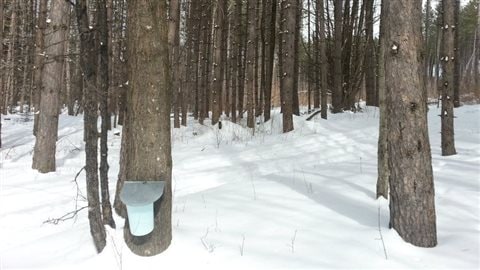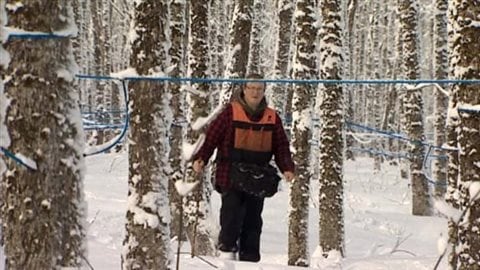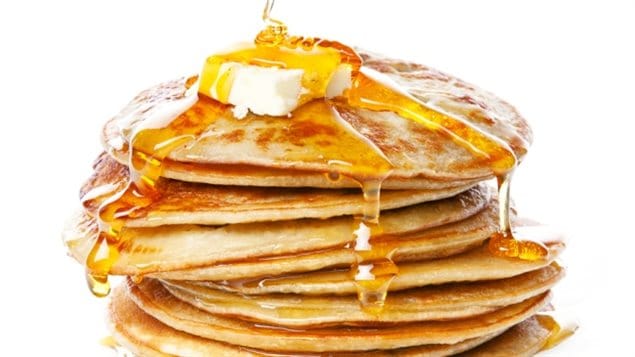Canada, the world’s major producer of sweet maple syrup is facing a potential problem this year.
Ontario, Quebec and to a lesser extent New Brunswick, Nova Scotia and PEI, as well as the northeastern US states, are dealing with an extremely cold and unexpectedly long winter this year.
Normally, the syrup collection season begins in March, when nights are just below freezing, and days just above, the ideal temperatures at -5 and +5 C respectively.

However once the maple buds start to form, the tree sap changes into a “woody” taste and the season ends, usually lasting about four weeks more or less.
As we approach the end of March, temperatures in central and eastern North America are still well below freezing, about -15 (with bitter wind chill in parts of Ontario and Quebec this weekend and Monday morning) with yet another blizzard blowing through most of the maritime provinces.
There is still time for a turn around, and there are still stockpiles of syrup from previous years, so producers aren’t too worried at present. However a short transition from a longer than normal winter in southern and eastern Canada to milder spring weather has occurred in the recent past which could mean a much shorter than usual production period.
As always, producers remain hopeful for a sweet spring, as do the tens of thousands who visit sugar shacks, and maple syrup festivals every spring.
The original way to collect syrup, still practiced by some, was by a small spigot into the tree with a collection bucket slung underneath. In recent times, the spigots were connected by tubing so the sap flowed directly into the sugar shack. Both these methods were through “gravity” collection. In recent times, producers have been creating a small vacuum in the lines which draws more sap from the tree and can double the amount of sap collection

As a note, the small town of Elmira Ontario holds the Guinness Record as the biggest single-day Maple Syrup event with well over 66,000 people attending in the year 2000. The 51st annual Elmira Maple Syrup festival will be held this year on March 28.







For reasons beyond our control, and for an undetermined period of time, our comment section is now closed. However, our social networks remain open to your contributions.